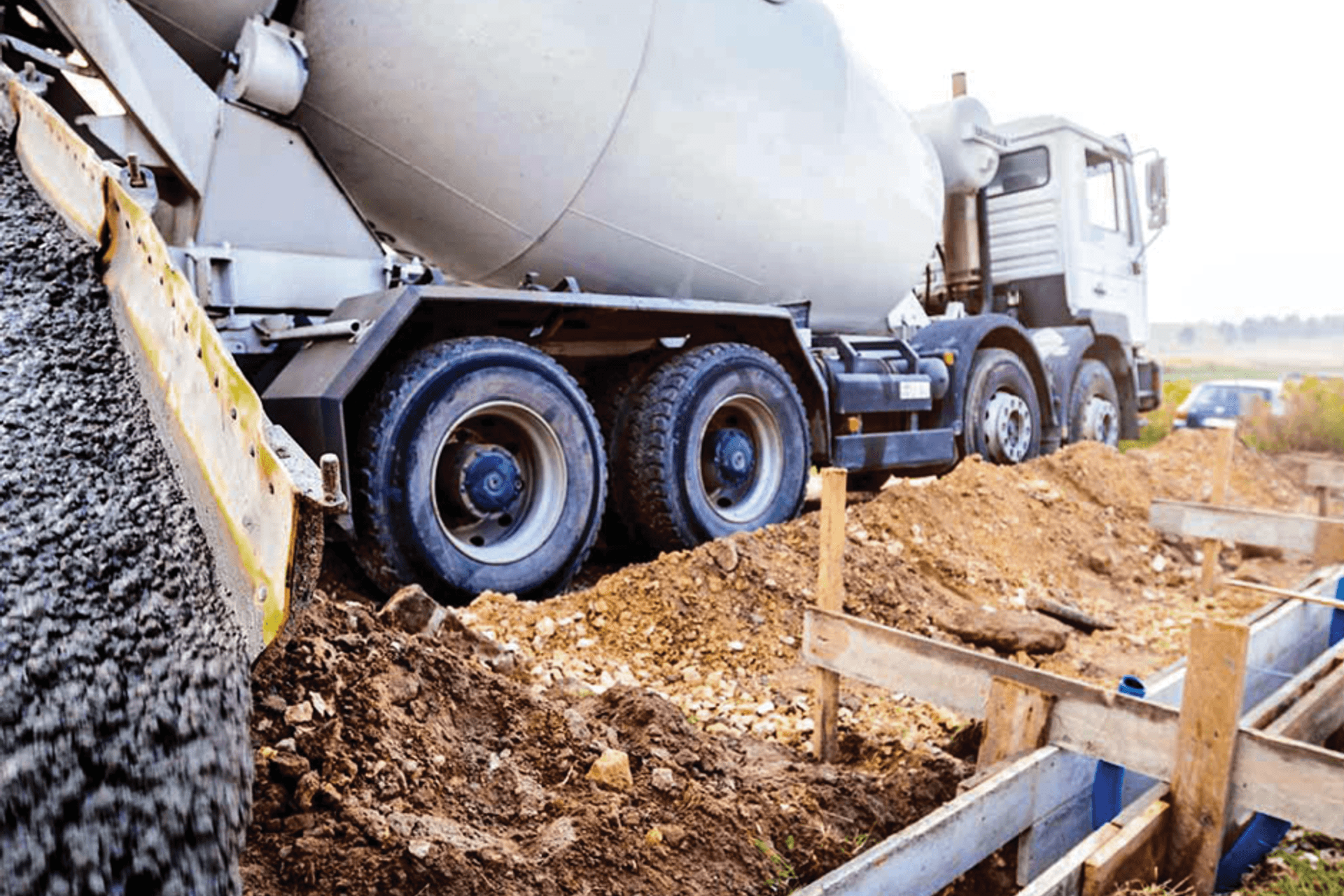Embarking on a Green Construction Journey? Here’s What You Need to Know

Thinking of building sustainably but unsure where to begin? Sustainable construction goes far beyond simply adding solar panels and double-glazed windows. It starts with two crucial considerations before breaking ground: selecting a site that minimises environmental impact and determining how compact your home can be while maintaining comfort.
Choosing a location should not involve clearing established trees to find the "perfect spot." It's essential to consider the amount of natural shade and sunlight your home will receive and the quality of the land. If the ground requires reinforced concrete or poles due to instability, this can negatively affect both your budget and sustainability goals right from the start.
Rethinking House Size: Quality Over Quantity
The trend of building increasingly larger homes is becoming unsustainable. Many new builds feature at least two bathrooms and three bedrooms, driven by covenants that often mandate minimum sizes. However, constructing a smaller home (distinct from tiny homes) in New Zealand in 2024 can be challenging, as banks may hesitate to finance simpler, smaller builds due to resale concerns.
Smaller homes are more eco-friendly, using fewer materials and being more energy-efficient. As the housing shortage persists, hopefully, the demand for ever-larger homes will decrease, prompting more practical and sustainable choices.

Concrete’s Environmental Impact
When planning a sustainable build, the choice of materials is vital. Minimising concrete use is crucial, given its significant environmental footprint. Concrete production accounts for a substantial portion of industrial water usage and exacerbates global flooding issues due to its lack of porosity. While concrete is often unavoidable for foundations, consider using more absorbent materials like sand, soil, and gravel around your home to allow proper water drainage.
Selecting Truly Sustainable Materials
Building sustainably means choosing the right materials. Options like timber (with verified green credentials), rammed earth, and natural stone, including organic limestone, offer robust, durable, and insulating properties. Inside your home, consider sustainable materials such as plasterboard, porcelain, and wood, while avoiding high carbon footprint options like Formica, concrete, and composite stone for countertops.
Incorporate Green Tech from the Start
Integrating green technology from the outset is more cost-effective than retrofitting. Consider these essentials:
- High-quality ventilation
- Superior insulation beyond legal requirements
- Natural lighting through windows and skylights
- Low-emission paint
- Greywater recycling systems
- Comprehensive solar solutions
- Double glazing
- Low-flow showerheads
- Effective window coverings
- Sustainable materials like wood and stone
- Recycling initiatives
- Woollen carpets instead of synthetic

Choosing Oamaru Stone for Your Sustainable Build
For those interested in building with stone, Oamaru Stone is a natural, organic choice, hewn directly from the earth with minimal waste. Leftover materials are repurposed into agricultural lime by our sister company, Parkside Lime, making it an exceptionally green option. Contact Oamaru Stone to start your sustainable building project today.
